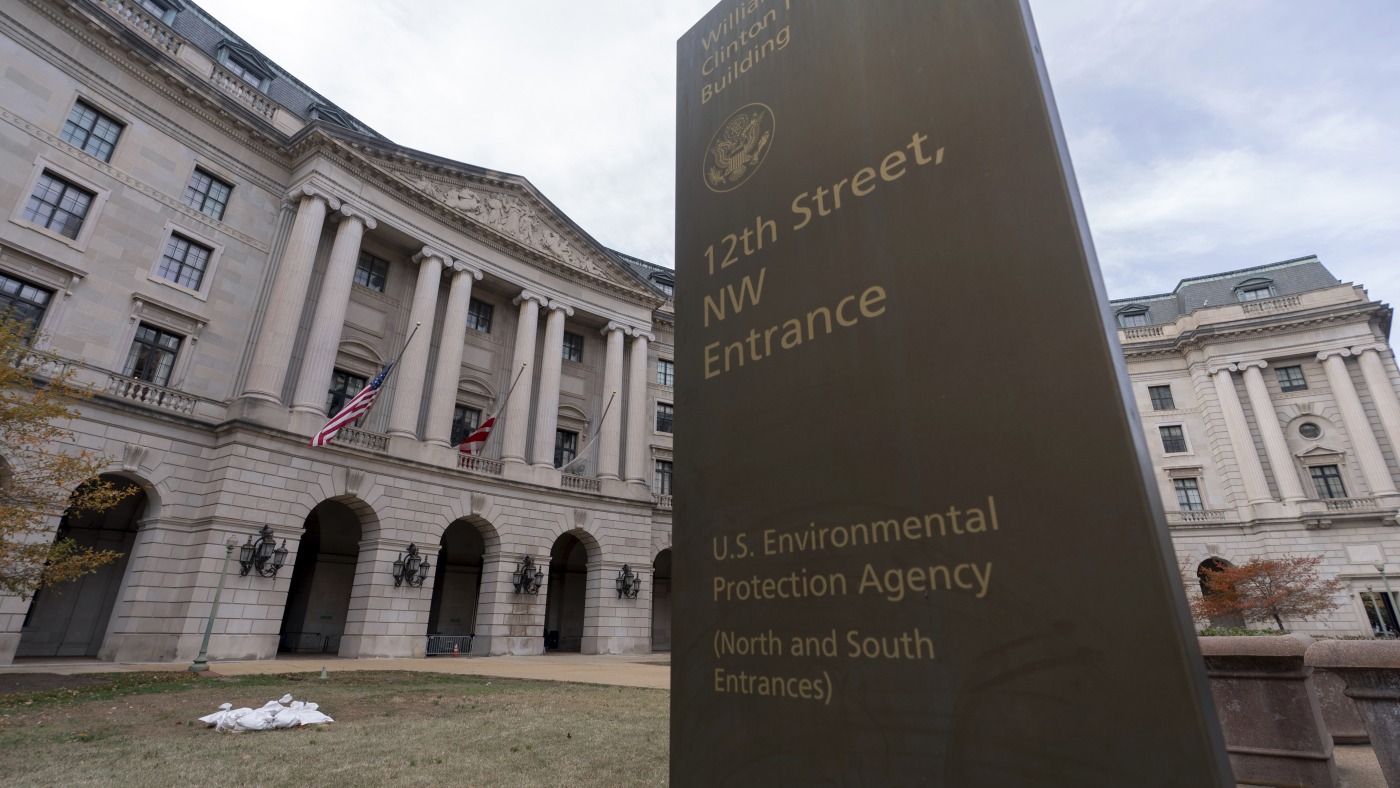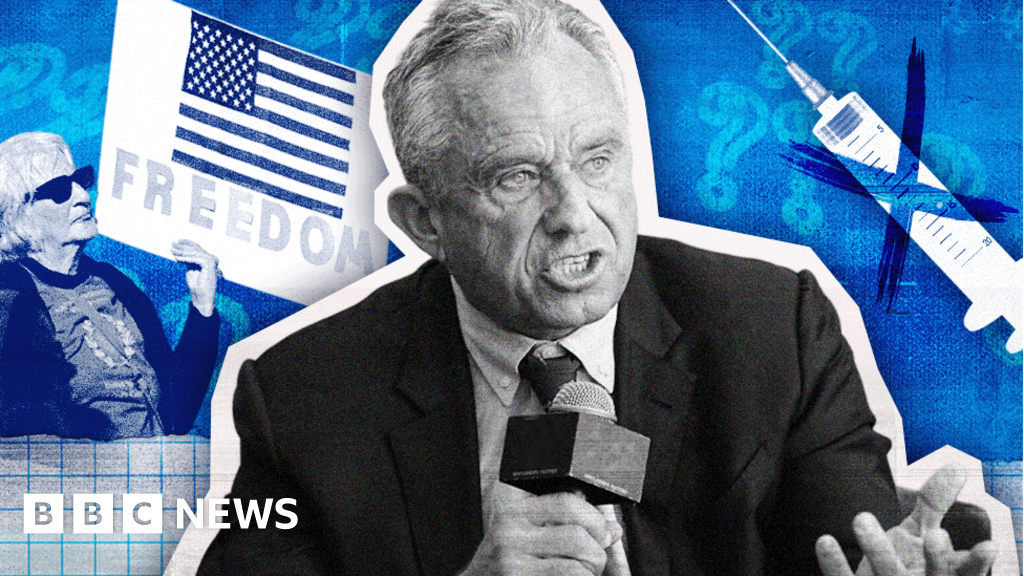EPA Proposes to End Climate Regulations: Impact on Environment and Public Health
#epa #climate regulations #environmental protection #public health #greenhouse gases

Introduction
The Environmental Protection Agency (EPA) has proposed to end climate regulations under the Clean Air Act, according to a recent report by The Washington Post. This move seeks to rescind the landmark "endangerment finding," which declared greenhouse gases as a threat to public health. This decision has raised concerns among environmentalists and climate scientists, who fear it will have a detrimental impact on the planet.
Key Details
The EPA's proposal to end climate regulations comes after years of debate and controversy surrounding the agency's role in addressing climate change. The "endangerment finding" was a significant step in recognizing the detrimental effects of greenhouse gases on the environment and human health. However, the current administration believes that the regulations put in place to reduce emissions are too burdensome for businesses and the economy.
Environmental groups have criticized the proposed move, arguing that it goes against the EPA's mission to protect human health and the environment. They also fear that this decision will weaken the US's commitment to addressing climate change and meeting the goals of the Paris Agreement.
Impact
If the proposal is approved, it will have far-reaching consequences. Not only will it undo years of progress in addressing climate change, but it will also have a significant impact on public health. With the levels of greenhouse gases on the rise, the Earth's temperature is increasing, leading to more
About the Organizations Mentioned
Environmental Protection Agency
The Environmental Protection Agency (EPA) is a U.S. federal agency dedicated to protecting human health and the environment through regulation, research, enforcement, and education. Established in 1970, the EPA administers key environmental laws enacted by Congress to ensure Americans have clean air, water, and land while reducing environmental risks based on sound scientific data[1][2][3]. The EPA's core functions include developing and enforcing regulations on pollutants, overseeing hazardous waste cleanup, and reviewing chemical safety. It primarily enforces landmark laws such as the Clean Air Act, Clean Water Act, and Toxic Substances Control Act. Its Office of Air and Radiation, for example, sets national air quality standards and controls radiation exposure, while its Office of Chemical Safety manages pesticide and toxic chemical risks[3][5]. The agency also plays a vital role in emergency preparedness and response to environmental disasters[3][9]. Throughout its history, the EPA has achieved significant milestones in reducing air and water pollution, cleaning contaminated sites, and raising public awareness on environmental health. Its regulatory programs have led to measurable improvements in air quality and the revitalization of polluted lands, contributing to public health and ecological sustainability[1][4]. The agency also integrates environmental stewardship into broader U.S. policies on energy, transportation, and industry to promote sustainable economic growth[1][2]. Currently, the EPA continues to evolve by leveraging advanced technologies, partnerships with state and tribal governments, and a strong commitment to transparency and science-based policymaking. It supports businesses and communities by providing accurate information and enforcing fair compliance, thus fostering a level playing field for environmental responsibility[2][5]. The EPA remains a central figure in national and global environmental protection efforts, balancing regulatory authority with innovation and collaboration[1][2]. In summary, the EPA stands as a pivotal institution in safeguarding environmental and public health, driving regulatory excellence, and advancing sustainable development through science, law, and community engagement.
The Washington Post
## Overview The Washington Post is a leading American daily newspaper and digital news organization based in Washington, D.C. Known for its rigorous political reporting and investigative journalism, it is widely regarded as one of the nation’s most influential newspapers, alongside The New York Times[1][2]. The Post has a significant national readership, with millions of digital subscribers and a strong presence in the Washington metropolitan area, though its print circulation has declined in recent years[1]. ## History Founded in 1877, The Washington Post initially struggled financially and editorially until financier Eugene Meyer purchased it out of bankruptcy in 1933. Under Meyer and later his daughter Katharine Graham and her husband Phil Graham, the paper expanded its influence, acquiring rival publications and building a reputation for fearless journalism[1][2]. The Post’s most famous moment came in the 1970s, when reporters Bob Woodward and Carl Bernstein uncovered the Watergate scandal, leading to the resignation of President Richard Nixon. This cemented the paper’s role as a watchdog for government accountability[1][2]. ## Key Achievements The Washington Post has won 78 Pulitzer Prizes as of 2025, the second-most of any U.S. publication[2]. Its reporting has been instrumental in major national stories, including the Pentagon Papers, secret NSA surveillance, and the January 6 attack on the U.S. Capitol[2]. The paper is also one of the few American newspapers to maintain foreign bureaus, with international news hubs in London and Seoul[1]. ## Current Status In 2013, the Graham family sold The Washington Post to Jeff Bezos, founder of Amazon, for $250 million[1][2]. Under Bezos’s ownership, the paper has expanded its digital offerings and global reach. As of 2025, it has over 2.5 million digital subscribers, though print subscriptions have dipped below 100,000 for the first time in over half a
Paris Agreement
The **Paris Agreement** is a landmark international treaty adopted in December 2015 under the United Nations Framework Convention on Climate Change (UNFCCC) by representatives of 196 countries. Its core mission is to **limit global warming to well below 2°C above pre-industrial levels, ideally aiming for 1.5°C**, through collective efforts to drastically reduce greenhouse gas emissions[1][5][6]. The Agreement establishes a framework for transparency, accountability, and progressively more ambitious climate commitments, known as **Nationally Determined Contributions (NDCs)**, which each country must submit and update regularly[3][6]. It also emphasizes **support for developing nations** to help them mitigate climate change effects and adapt to its impacts, recognizing global inequality in resources and vulnerabilities[1][7]. Key achievements include near-universal adoption and ratification by 189 parties as of 2020, signaling a rare global consensus that climate change is driven by human activity and requires urgent, coordinated action[1][3]. The Agreement has helped avoid some of the worst climate scenarios, potentially reducing the number of excessively hot days worldwide[2]. It has established mechanisms to track progress, enhance ambition over time, and mobilize climate finance. Despite progress, challenges remain: global warming has already reached about 1.3°C, and current pledges may limit warming only to around 2.6°C, which still poses severe risks such as extreme heat, health impacts, and inequality[2]. Experts stress the need for faster transition from fossil fuels and stronger policies to keep warming below 2°C[2]. Politically, the Agreement has faced shifts; for example, the U.S. withdrew under one administration but rejoined later, reflecting tensions between economic priorities and environmental commitments[4]. Overall, the Paris Agreement remains the central global framework aligning governments, businesses, and technology innovators toward sustainable climate solutions in the face of escalating environmental risks[1][6][7].







